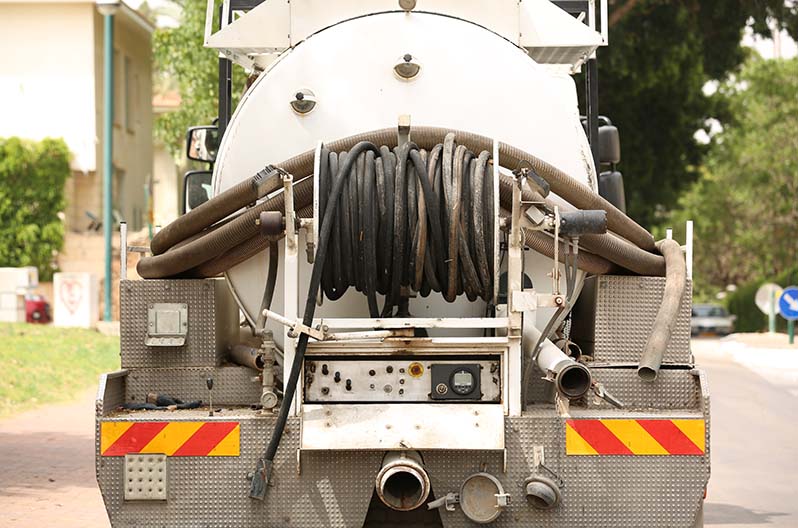Water extraction is essential to restoring your home after a flood or leak. Since water will do more damage the longer extraction takes, you need to clean up as soon as possible. Although you can remove the water, clean up takes the right tools. We explain water extraction and how it fits into the restoration process.
What Is Water Extraction?
Water extraction is the pumping or sucking of water out of your home. The goal is to remove most of the water during extraction.
Typically a restoration technician will use a truck-mounted pump, but you can also use a suction pump. Although much slower, you can extract water with a wet vacuum.
Extracting Water With a Truck-Mounted Pump
Most restoration contractors use truck-mounted pumps for water extraction because they work fast. These pumps create enough suction to extract several inches of water in a few just minutes. The water is stored in a truck tank or discharged into the storm drains.
Extracting Water With a Suction Pump
You will need an electric, submersible suction pump if you plan to do your own water extraction. While these pumps work similarly to the truck-mounted versions, they do not create the same amount of suction.
Since they take significantly longer, you should only use a suction pump if there is less than a foot of water. While there are manual suction pumps, these will take hours or even days to remove water.
Extracting Water With a Wet Vacuum
You can also extract water with a shop-style wet vacuum. However, wet vacs have several limitations. Most do not create enough suction or hold enough water. Wet vacs are best for cleaning up just a few inches of water in a small area.
What Not To Use When Extracting Water From Your Home
You should never use buckets or a manual pump to extract water after a flood or disaster. While they will work, they are extremely slow and will only lead to more damage. Only use them as a last resort after you call for help.
- Buckets: Buckets are the worst way to remove water from your home. Not only are they inefficient, but it takes a lot of work to bail out after a flood or backup.
- Manual Pumps: While slightly less labor-intensive than using a bucket, manual pumps are even slower and less efficient.
Your flooring, walls, and furniture will absorb the water, ruining them over time. Since extracting the water will take hours or longer, you will actually end up spending more on water damage restoration.
What To Do After Extracting the Water?
After water extraction, take the following steps to restore your home. You can do these yourself, but restoration companies have the skills, training, and equipment to do them quickly. Regardless of what you choose, the restoration process is much the same.
- Remove Damaged Materials: Throwing away damaged items will speed up the drying process.
- Structural Drying: Use air movers and dehumidifiers to dry walls, cabinets, and flooring.
- Disinfect and Deodorize: Water damage can lead to mold and smells, so disinfect and deodorize the area.
- Reconstruction: Repair and restore your home to its original condition.
How Much Does Water Extraction Cost
Water extraction costs between $50 and $500, depending on who does the work, the tools involved, and how much water you have. However, the cost of water extraction is just one item in the total restoration budget.
Restoration companies typically charge between $150 and $350 for water extraction, although total restoration costs could be higher. Cleanup, dry out, and repairs all cost more.
You can buy or rent a suction pump for between $50 and $100, but you are responsible for the time and effort. You will also need long hoses to discharge the water outside. Again, there are additional costs for cleaning, drying, and repairing your home.
If you have a wet vac, the only cost is your labor. However, this can take hours or even days. While you can save some money upfront, it often leads to more damage and higher costs in the long run.
Do you have water in your basement after a flood or leak? We’re your local water damage restoration experts. Call 888-443-3110 now for a free quote and immediate water extraction.





